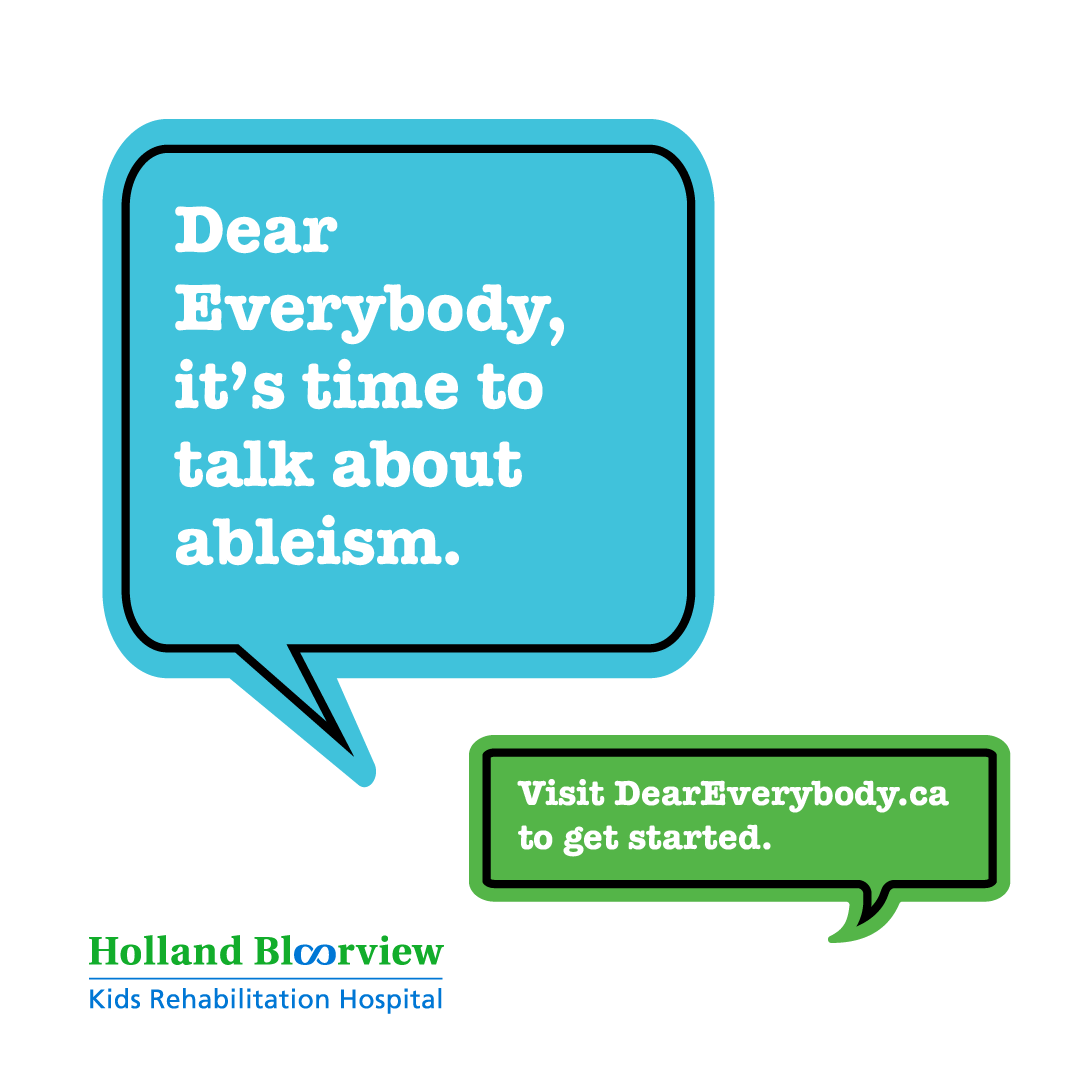For allies and parents
How to make Halloween inclusive
Halloween is fast approaching and while it’s a celebration of ghost, ghouls and goblins, it shouldn’t be scary for kids with disabilities. Here are some tips from Holland Bloorview to make Halloween safe, fun and well, a scream for everyone.
If a trick-or-treater with disabilities comes to your neighbourhood:
Stairs present challenges for kids with disabilities who use wheelchairs. If there are stairs between you and the children, consider setting up at the bottom of the stairs. This will also help eliminate tripping hazards and physical barriers.
If you decorate your doorway with spooky or loud objects, they might be scary for kids who struggle with sensory inputs. You can still be festive, but take this into account when you’re decorating your door or front yard. And make sure the location where you hand out treats is well-lit. This helps trick-or-treaters who have vision challenges.
Be patient and give kids time to move at the pace they need to have fun. It may take some kids a little longer to reach out to get their treat, or to put it in their bag, (you may need to put the treat in their bag for them), or to come and go from your home.
While it’s polite to say please and thank you, not every child’s language skills are fully developed. Or speaking may not be a child’s focus. He or she may be practicing walking, being social with other children, or focused on increased mobility to do things like grab a treat or ring the doorbell. A little understanding and patience goes a long way.
Some kids with disabilities have allergies, while others are unable to consume food orally. Consider having non-food treats in your basket so all kids can enjoy the holiday. That could be stickers, small toys or something similar. Having options maximizes inclusion on such a big day.
If you’re a parent of a trick-or-treater with disabilities:
Costumes can have elements that make them difficult for kids with disabilities to enjoy. Try to avoid itchy fabric, multiple layers or confusing costumes that are difficult to get on and off. Do a trial run and avoid discovering that it’s uncomfortable or cumbersome on the big day/night.
Kids with disabilities are sometimes more comfortable with a schedule or routine, especially if it’s planned ahead of time. Plan out time to put on costumes, take photos, visit with friends, and go trick-or-treating! If your child is a visual learner, make a fun map of the area you want to cover.
Trick-or- treating may be a brand new activity for kids with disabilities. They might be exposed to things that might scare them, like haunted houses, or scary masks and noises. Go over what they might encounter and practice self-calming skills in case they get frightened. If your child is non-verbal, they can program their communication device to say “Trick or treat!” or maybe create a picture symbol to use as he or she goes door to door.
If you’re a parent of a trick-or-treater who wants to include kids with disabilities in your Halloween fun:
Invite kids with disabilities from your local school or neighbourhood to join your Halloween crew for trick or treating. They and their families will be delighted to be included in this special night. It might also spark new friendships among kids and adults.
Plan ahead to choose the most accessible route so that everyone can take part, taking into account the physical space (stairs, curbsides) and sensory space (lighting, noise). Have members of your Halloween crew buddy up with kids with disabilities to both empower and assist them.
